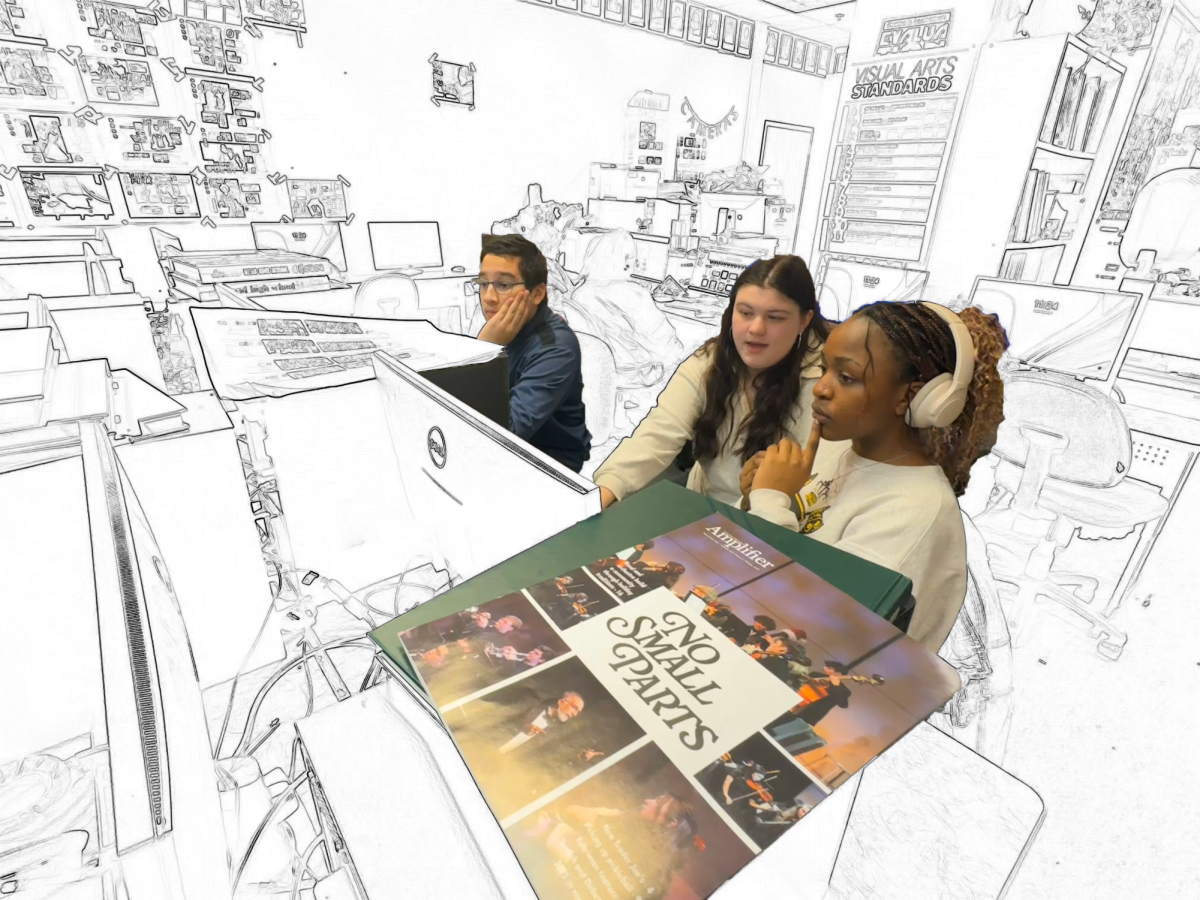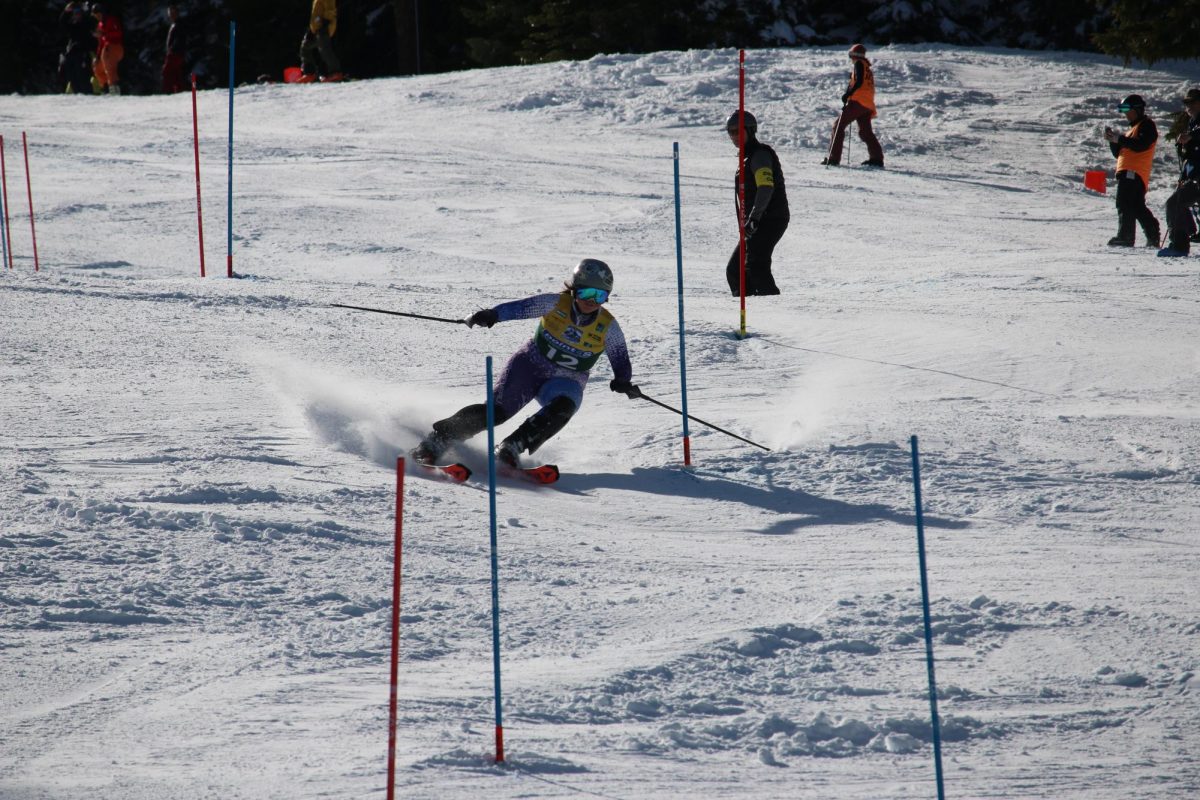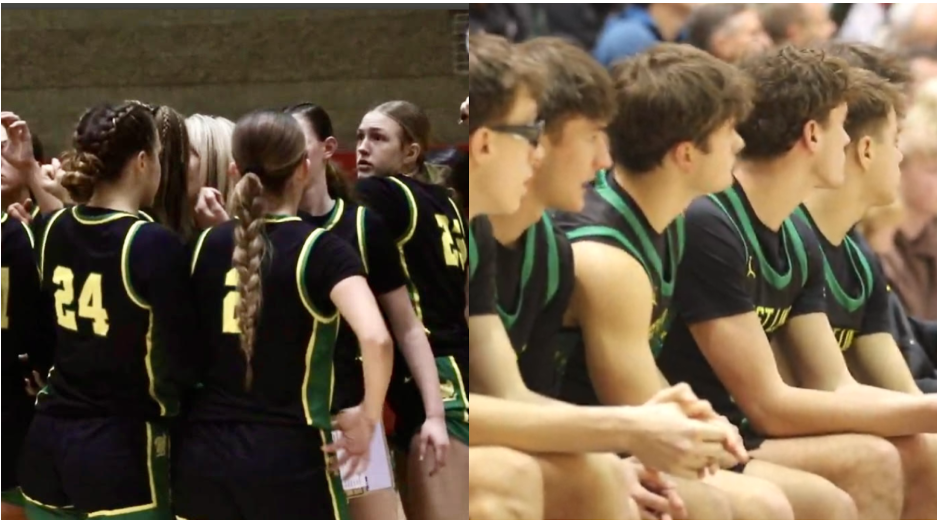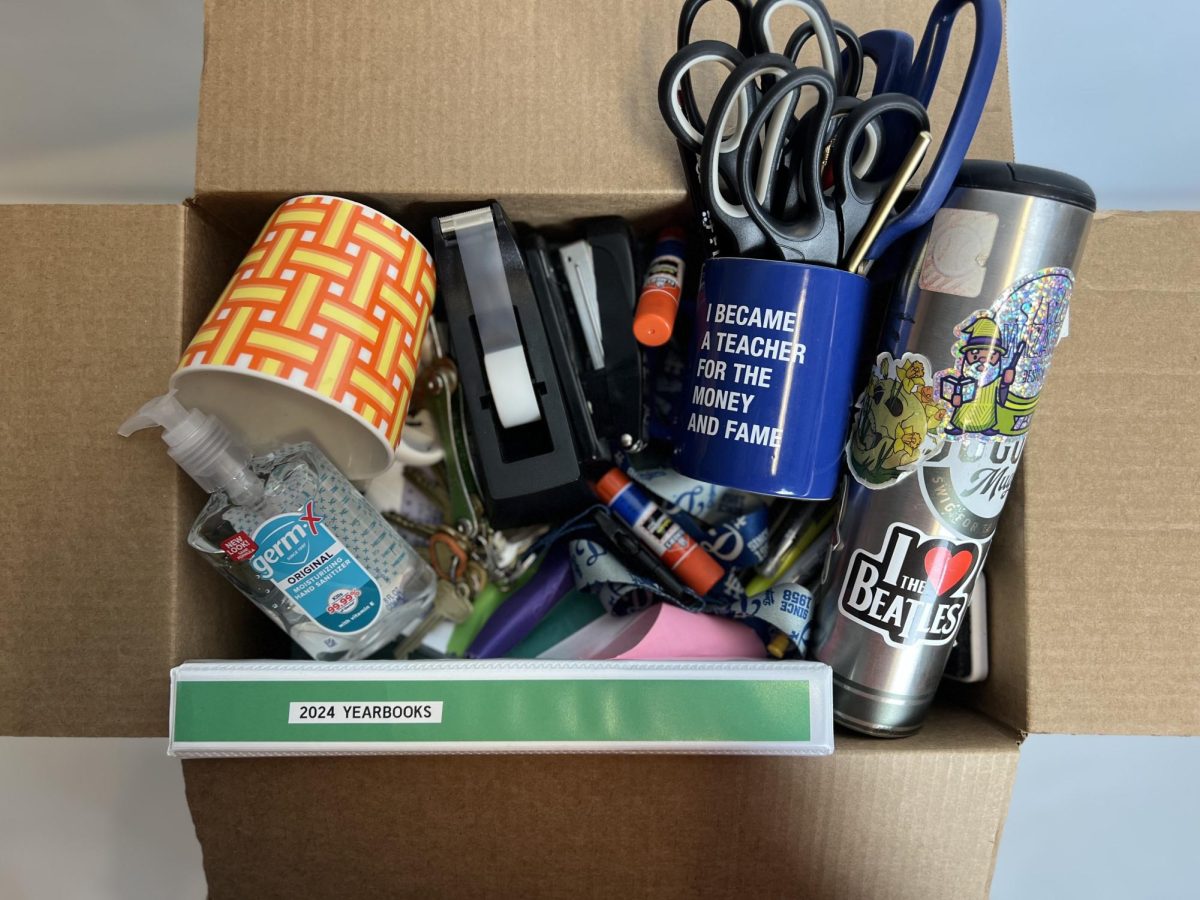The absence of construction workers in the back of West Linn High School is the most visible sign construction has drawn to a close. These areas, which were affected by invasive fire and the water used to extinguish it on Oct. 8, have cost $2.5 to 3 million dollars to repair; the cumulative cost still remains unknown due to construction policies.
“We still probably won’t have those numbers for another month or two,” Rob Holstrom, vice principal and athletics director, said. “The costs are the costs. They had to put the building back the way it was.”
Tim Woodley, West Linn-Wilsonville operations director, reported that the reconstruction is conducted under a “time-material basis,” meaning that the company doing repairs (primarily Todd Construction) keeps record of expenses in order to be reimbursed. These costs are then assumed by WLWV’s insurance. Only after the last receipts are turned in will, costs be known.
“I expect that should happen probably the first part of February,” Woodley said. “It’s just a guess at this point, but I expect it could be $3 million.”
Reportedly, the contractors were also initially unable to provide an estimate because the extent of damage was unknown. Walls and floors were removed until no damage was found, and water damage from fire-fighting was more prevalent.
“There’s a little more work to do than people see or notice, but in general the project is complete now,” Woodley said.
The insurance company did require a deductible of $50,000 before taking on any payments, but somewhat recently insurance provided $750,000 to cover costs. The district has lost additional money through having to pay for security guards stationed at WLHS, un upgrade to locker room floors, and losses to the food service program.
“I don’t have a budget that I’m trying to work toward,” Woodley said.
Reinforcements made to fit fire codes in 2005 and 2006 may have saved the school from an absolute disaster, Woodley said. Without a well-established alarm system, a sprinkler system and a few fire-resistant walls, the fire could have spread farther. However, one factor contributing to the expense of repairs is that the areas affected contained valuable equipment and systems.
“It was just a very expensive place for a fire to happen, even more than if it had been in a classroom,” Woodley said. “I think overall, because we worked quickly and we got work done fast, the cost is probably as minimized as it could have possibly been.”
Other impacts taken by the hefty responsibility of repairs was that several facilties were unavailable. Not only did athletes loose places to practice, but the students spread to other places in the school district, causing events to be cancelled.
“We got [damaged areas] back as soon as possible,” Holstrom said. “They worked with us, and we got in some spaces earlier than others.”
Throughout restoration, there was a fine division between the tasks the district and the WLHS task set out to accomplish. While the local staff in school administration dealt with accommodating repairs, the district coordinated and implemented the reconstruction.
“Our staff was involved when we started moving back in,” Holmstrom said. “We have to make sure everything made it back that was supposed to be there.”






![Reaching out. Christopher Lesh, student at Central Catholic High School, serves ice cream during the event on March 2, 2025, at the Portland waterfront. Central Catholic was just one of the schools that sent student volunteers out to cook, prepare, dish, and serve food. Interact club’s co-president Rachel Gerber, junior, plated the food during the event. “I like how direct the contact is,” Gerber said. “You’re there [and] you’re just doing something good. It’s simple, it’s easy, you can feel good about it.”](https://wlhsnow.com/wp-content/uploads/2025/03/interact-1-edited-1200x744.jpg)




















































![At the bottom of the third inning, the Lions are still scoreless. Rowe stands at home plate, preparing to bat, while Vandenbrink stands off to the side as the next batter up. Despite having the bases loaded, the team was unable to score any runs. “It’s just the beginning of the season. We’re just going to be playing out best by June, [and] that’s where champions are,” Rowe said.](https://wlhsnow.com/wp-content/uploads/2024/03/IMG_3077-1200x900.jpg)


















































